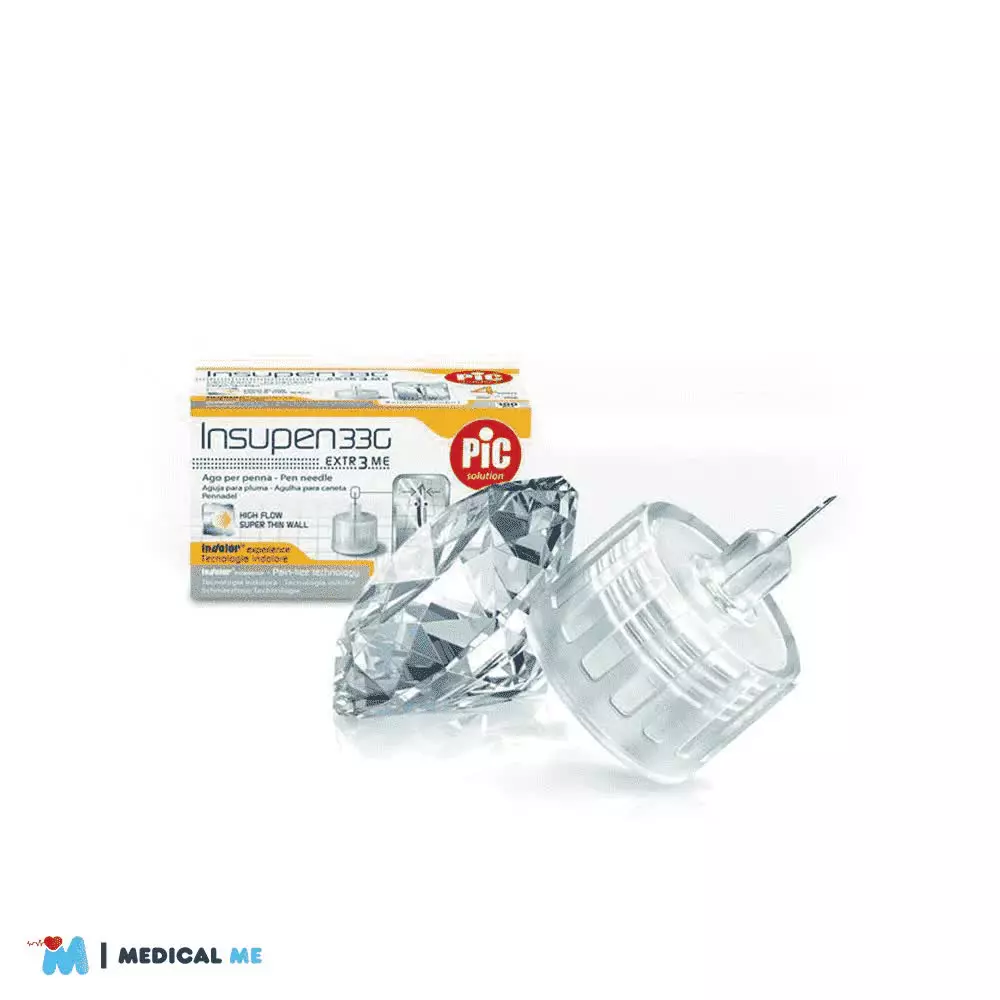
Amecath Triple Lumen Central Venous Catheter
EGP549.00
It is a long tube entered from peripheral veins till it reaches the central veins around the heart.
It has triple lumens, the proximal one for taking blood samples for medical examination and blood administration, the medial lumen for total parenteral nutrition, and the distal lumen for medication.
Uses of Triple lumen central venous catheter: For administration of hyperosmolar solutions, measuring CVP, haemodialysis, plasmapheresis, rapid infusion of fluid among other uses, chemotherapy.
It may cause some complications such as: blood clotting, haemolysis, infection, neurological effect and catheter clogging.
It takes about an hour for catheter installation and there is no need to stay in the hospital after that. You will feel a slight pain and it will relieve within a few days.
How to take care of the catheter after installation:
- Don’t carry heavy things.
- Cover it before taking a shower.
- Don’t measure your blood pressure from the arm the catheter entered from.
- Wash it with saline solution every week to avoid clogging.
Applications of Central Venous Catheters
Central venous catheters have a wide range of applications in healthcare:
1. Medication Administration: cvc medical provide a direct route for administering medications, including potent chemotherapy drugs and antibiotics.
2. Intravenous Nutrition: For patients who cannot eat or digest food normally, CVCs allow for the delivery of intravenous nutrition directly into the bloodstream.
3. Hemodialysis: Central venous catheters are often used for hemodialysis treatments in patients with kidney failure, providing a convenient access point for blood filtration.
4. Blood Sampling: Healthcare providers use cvc line to draw blood samples for diagnostic testing without the need for repeated needle sticks.
5. Fluid Resuscitation: In critical care settings, cvc line are vital for rapid fluid resuscitation in patients with severe dehydration or shock.
| Weight | 1 kg |
|---|
| 5 |
|
0 |
| 4 |
|
0 |
| 3 |
|
0 |
| 2 |
|
0 |
| 1 |
|
0 |
Only logged in customers who have purchased this product may leave a review.
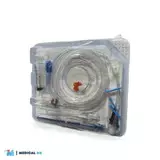
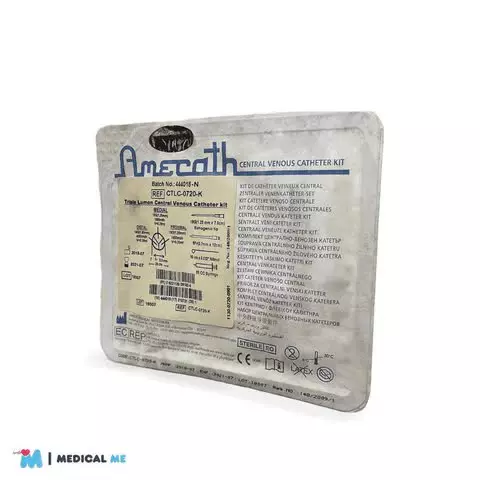
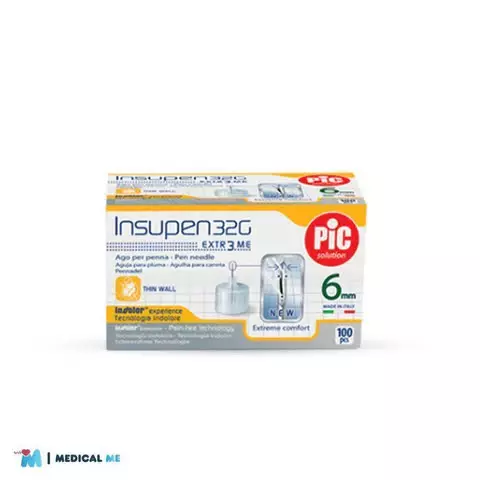
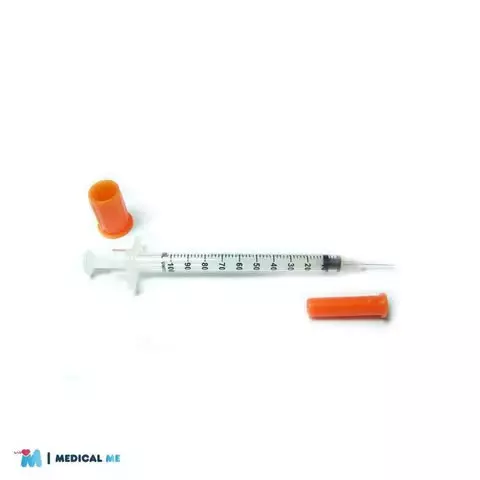

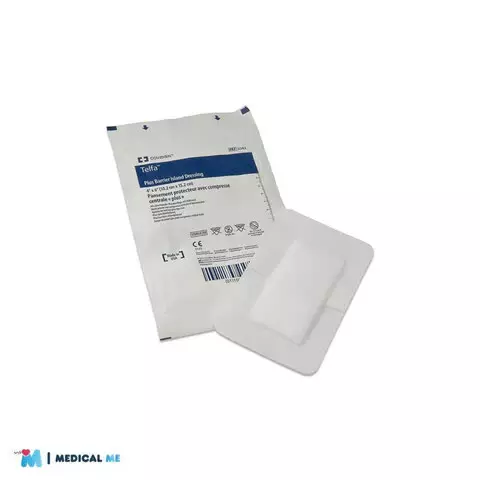

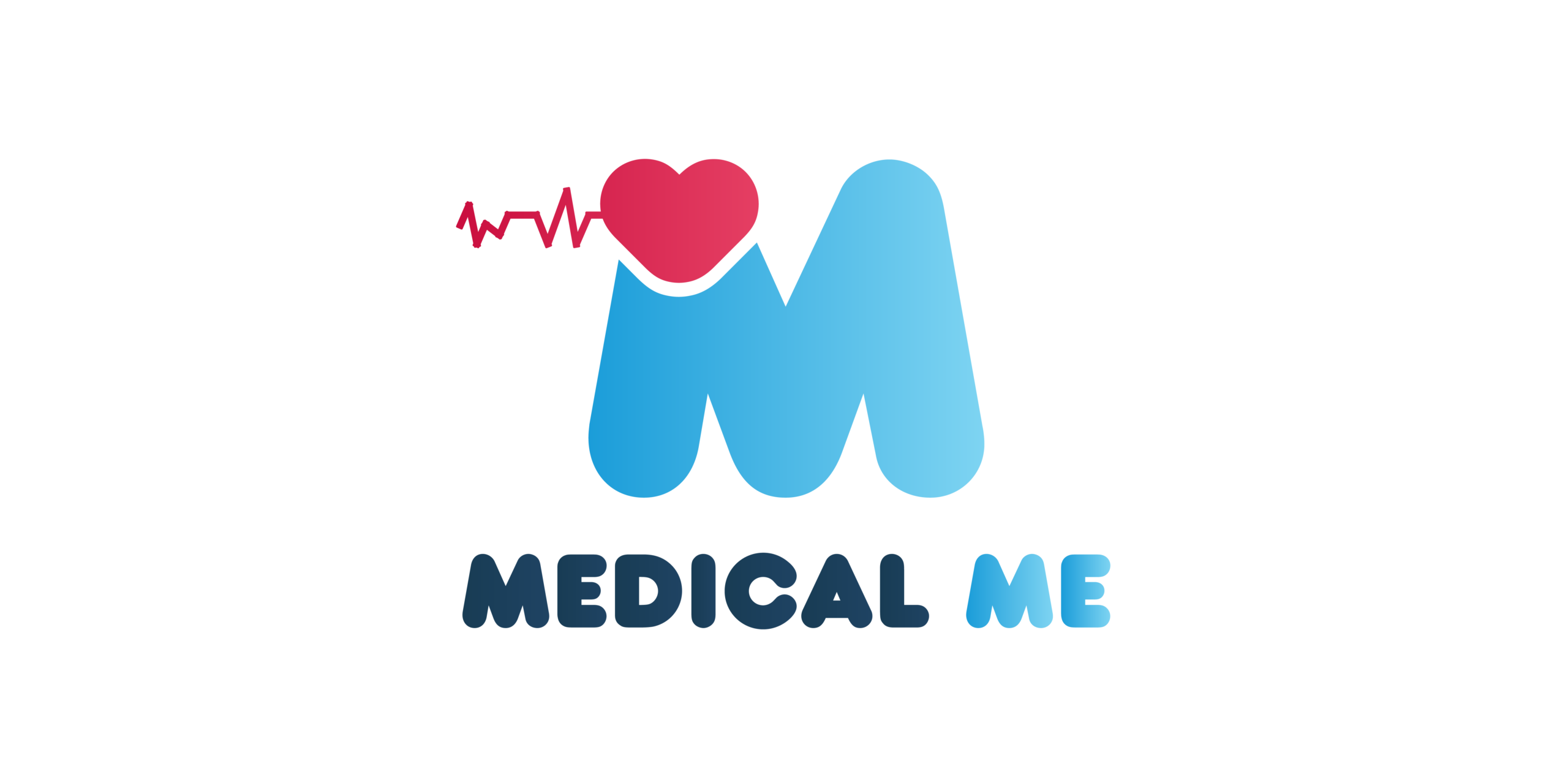



Reviews
There are no reviews yet.